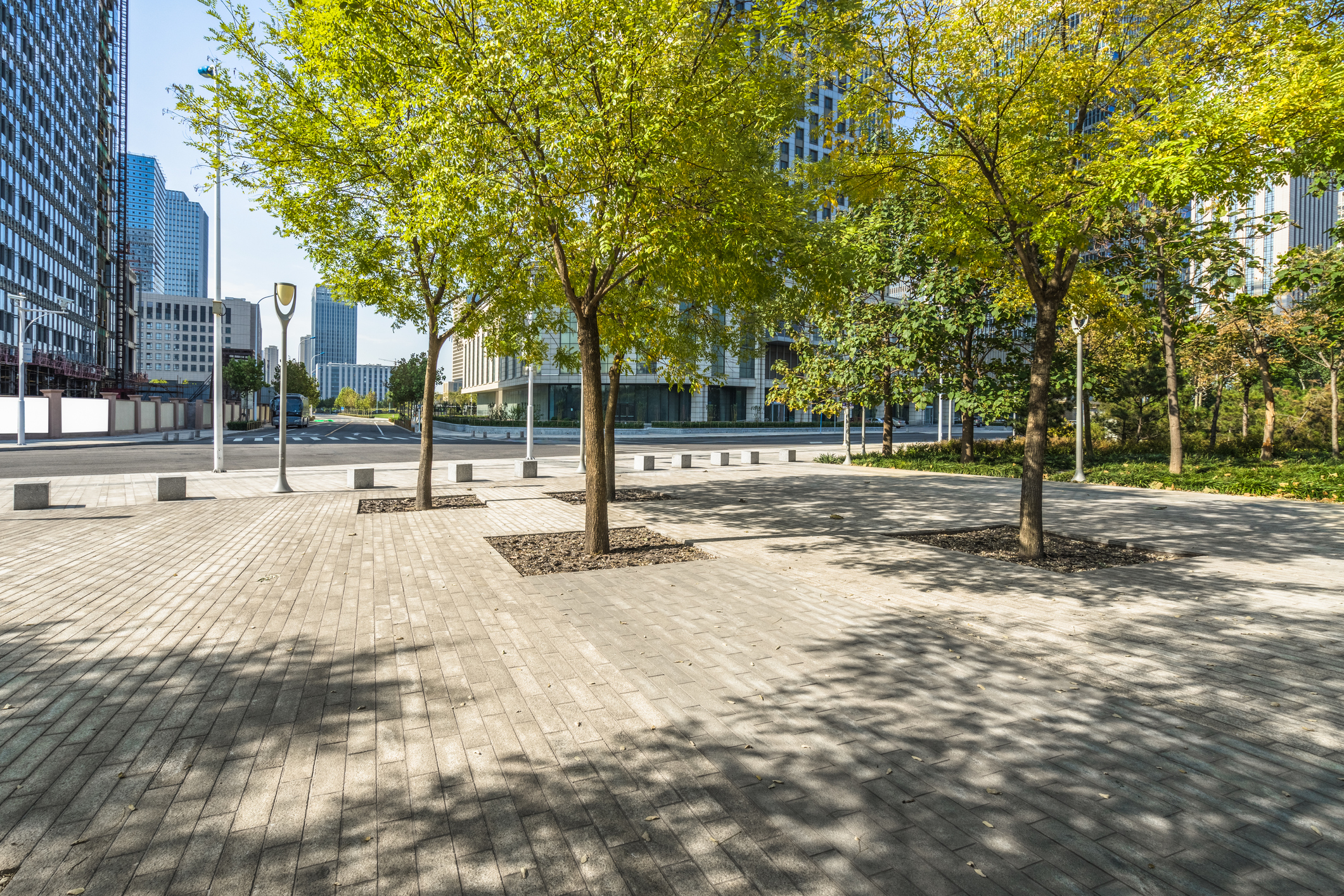
Record floods, longer fire seasons, large scale erosion events, and deadly heat waves - the impacts of a changing global climate are becoming increasingly evident, devastating lives, homes, and businesses.

Reductions in greenhouse gas emissions are key to limiting the severity of climate change impacts, but now is also the time to invest in solutions that increase resilience.
Nature-based solutions, according to the International Union for Conservation of Nature (IUCN), are actions to address societal challenges through the protection, sustainable management and restoration of ecosystems, benefiting both biodiversity and human well-being. Actions can be applied over widely varying spatial scales and involve any type of ecosystem. A small-scale example would be the strategic placement of urban trees to reduce the impact of heat waves on people and infrastructure - the shade from trees can reduce surface temperatures by 20-30°C.
A large-scale example would be to limit the impact of floods by taking advantage of the water-holding capacity of wetlands and spongy greenspaces, rather than building higher stop banks to contain the water. Studies of significant floods overseas demonstrate the ability of wetlands to slow the movement of flood water through a catchment, and so limit the height of a flood and therefore the damage it causes. This is why actions such as restoring wetlands on the Taieri Plains or converting the Forbury Racecourse in South Dunedin to a spongy greenspace, are likely to be increasingly important in moderating large flooding events.
Nature also provides a critical tool for reducing the rate of climate change: the removal of carbon dioxide from the atmosphere via photosynthesis. Carbon captured during photosynthesis is stored in plant biomass, which contributes organic matter to soils and sediments. A major component of New Zealand’s strategy to reduce net emissions has been to plant more trees. To be clear, we cannot plant our way out of this (to quote Rob Carr and the Climate Change Commission) - increased planting for carbon removal is secondary to meaningful emissions reduction, in order to limit climate warming. This is why carbon markets, taxes and other incentive schemes play a crucial part in changing ‘‘business as usual". However, the capacity of natural systems to store carbon is massive.

Nature-based solutions, like any solution, are costly. They require expertise, labour, and materials, and there is also an opportunity cost for landholders, as other economic land uses may be forfeited. However, as benefits accrue to all people and future generations, investment should not be dependent on individual landholders alone.
Deciding who foots the bill for nature-based solutions is not straight-forward, but it is no longer a "nice-to-have” option. Implementation of nature-based solutions for climate change resilience is a national necessity, just like investment into infrastructure and education, and like any investment, risk-minimisation through diversification will be key to success. Relative fire risk and storage longevity of carbon in different types of forests should be considered when valuing (and insuring) stored carbon, not just basing value on removal rate.
Protecting and restoring the water-holding capacity of wetlands, rewarding agricultural practices that enhance carbon storage in soils and non-forest vegetation, valuing urban trees and greenspaces, all improve national resilience in the face of climate change. Building a variety of nature-based solutions into human systems will make them more resilient to the impacts of current and future climate change and simultaneously improve outcomes for environments and biodiversity.
- Assoc Prof Janice Lord (botany department) and Dr Viktoria Kahui (department of economics) are key researchers in the Biodiversity and Agri-policy Research group at the University of Otago.












